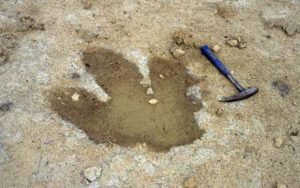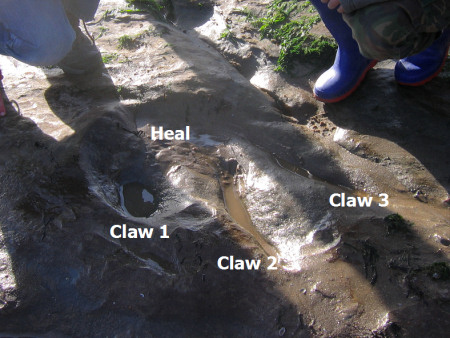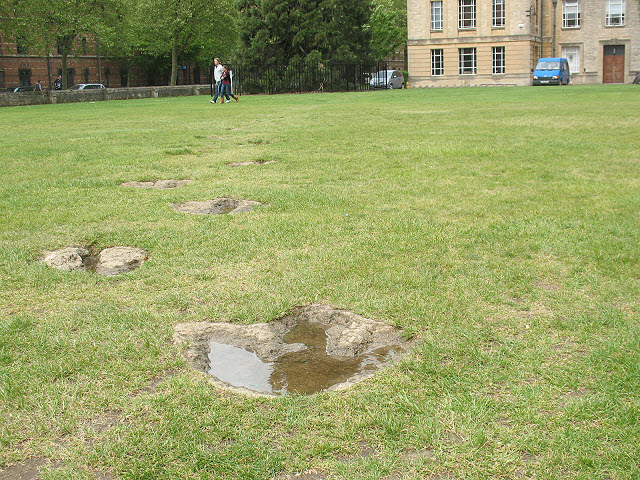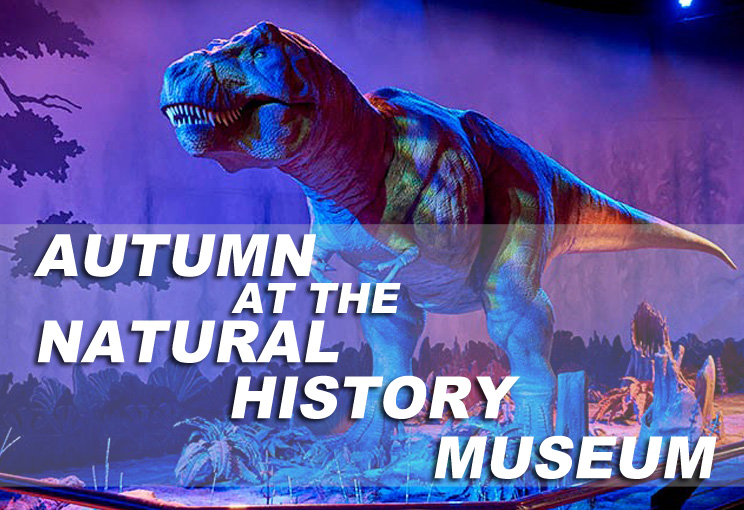JURASSIC JACKS EVENTS – SUMMER 2019
Dinosaur Foot Prints!
Hunt for Dinosaur Footprints This Summer

What are Dinosaur Footprints and How Do We Find Them?
Dinosaur Footprints - trace fossils were formed Millions of years ago when, dinosaurs walked or ran through wet soil. that over millions of years hardened into sedimentary rock. Then weathering and geological forces gradually revealed the buried tracks, leaving a valuable record for Paleontologists about dinosaur behaviour.
Find your own footprints by joining a Fossil Hunt , visit the Isle of Wight Dinosaur Trail , visit The North Yorkshire Jurassic Coast , try Fossil Hunting in Wales, or the Famous Jurassic Coast!

1. The Isle of Skye
The Isle of Skye is famous for its extensive dinosaur tracks and footprints. The majority of the prints located at Staffin represent the movement of large Ornithischian dinosaurs (Ornithopods). These trace fossils and others like them on the island, are helping palaeontologists to learn more about the different types of dinosaur that roamed this part of Europe some 165 million-years-ago.
Isle of Wight

2. Fairlight Cove, East Sussex
The beech at Fairlight Cove features the Ashdown Formation, an exciting sandstone layer featuring dinosaur bones and dinosaur footprints, including carnivorous and herbivorous species. These dinosaurs would have grazed and hunted respectively along the river and lake sides, leaving their footprints in the sediment. The area features theropod & Iguanodon dinosaur footprints!

3. The Jurassic North Yorkshire Coast
The best place to look for dinosaur footprints is Burniston Bay near Scarborough; follow the steps down to the beach and then turn left, the large sandstone blocks at the base of the small cliff sometimes have three toed footprints on the surface; the footprint bed is the layer of sandstone about 3 to 4 metres up the cliff face from which these blocks have fallen; although Burniston Bay is the easiest place to find the footprints, they can be found all along the coast Port Mulgrave & from Scarborough to Whitby. Copyright Halina King

4. Bendrick Rock, Barry, South Glamorgan
Bendrick Rock in Barry, South Glamorgan is listed as a Site of Special Scientific Interest (SSSI) and is famous for its 220 million year old, Triassic Red Bed deposits which show remarkable dinosaur footprints and trackways.
The footprints were made by several different dinosaurs, the smaller footprints are from the ichnogenus Grallator and were probably made by a small, 1m tall, theropod dinosaur such as Coelophysis. The larger 3 toed theropod footprints are rarer and are attributed to the ichnogenus Anchisauripus.
Prints left by large four toed dinosaurs are also found, these probably belong to the ichnogenus Tetrasauripus and were made by a fairly large, 7-8m long, plant eating dinosaur something like Plateosaurus.

5. University of Oxford Museum of Natural History, Oxford
The University of Oxford Museum of Natural History (the Museum has fantastic Dinosaur Rooms!) features a spectacular trackway of Dinosaur Footprints created by a Megalosaurus dinosaur in Oxfordshire over 160 million years ago!
The footprints have been reconstructed from casts taken from fossils discovered at Ardley Quarry near Bicester in 1997. It is thought that they were made by the large, three-toed carnivore Megalosaurus bucklandii, which roamed the lagoons of Jurassic Oxfordshire some 166-168 million years ago.
The trackway is an illustration of the dinosaur’s movements, it has been carefully arranged to plot out a ‘walking phase’, with a short stride length and adding a ‘running phase’.



